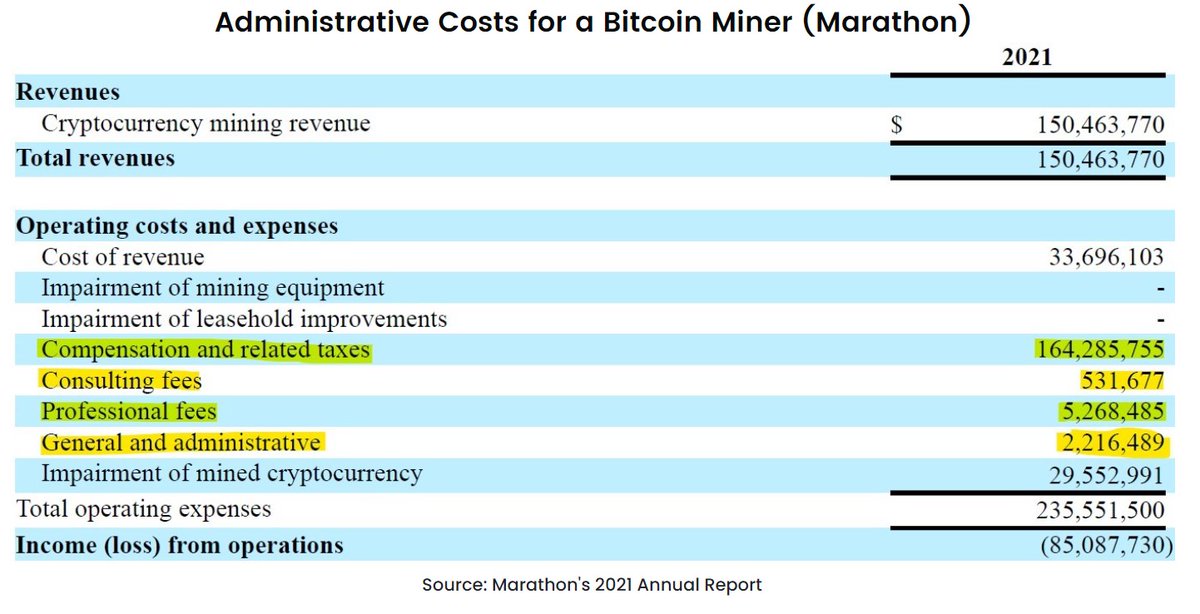
Heating is the world's largest energy end-use. Luckily, bitcoin mining generates heat that we can repurpose to heat homes or use for food production.
The bitcoin mining industry generates about 100 TWh of heat annually, which is sufficient to heat Finland. Most of the heat from bitcoin mining is not captured and repurposed but pumped out from the data centers into the air.
Bitcoin miners are starting to see the potential in recovering the heat. This growing focus is primarily driven by a potential for lowering costs as the industry becomes increasingly competitive, but the possibility of reducing carbon emissions is also a driving force.
Bitcoin miners generate low-grade heat that can provide baseload heating for many purposes, including district heating and food production.
The Canadian company @MintGreenHQ is a pioneer in repurposing waste heat from bitcoin mining. This leading position has allowed them to work with the city of North Vancouver to supply heat for 100 buildings with 7000 apartments.
The heat from #bitcoin mining can also be used for food production. Mintgreen has developed a system that distills whisky. Several miners in Scandinavia are building greenhouses to grow vegetables. Miners are also exploring salmon farming.
Recycling #bitcoin mining heat lowers heating costs and makes it possible to build massive greenhouses in colder regions.
This can vastly improve food security in such regions.
This can vastly improve food security in such regions.
Repurposing heat from bitcoin mining has three main advantages:
1) It lowers heating costs
2) It can reduce carbon emissions if the machines are powered by renewable electricity
3) It outcompete miners not reusing heat and indirectly lowers bitcoin mining's energy consumption
1) It lowers heating costs
2) It can reduce carbon emissions if the machines are powered by renewable electricity
3) It outcompete miners not reusing heat and indirectly lowers bitcoin mining's energy consumption
Mintgreen estimates that their bitcoin mining district heating system provides a yearly reduction of 3,100 tons of CO2 per MW.
Bitcoin mining is superior for heat recovery compared to other energy-intensive industries. The location agnosticism means that a bitcoin miner can take its operation anywhere heat is needed. It's also a modular process and can be scaled to give just the amount of heat required.
We will likely continue seeing massive innovation in repurposing heating from bitcoin mining. Surging electricity prices and heating costs will drive both bitcoin miners and consumers of heating to seek creative solutions to reduce costs.
I'm extremely bullish.
I'm extremely bullish.
Learn more about how repurposing heat from #bitcoin mining can lower heating costs and mitigate emissions in this article: arcane.no/research/repur…
• • •
Missing some Tweet in this thread? You can try to
force a refresh













